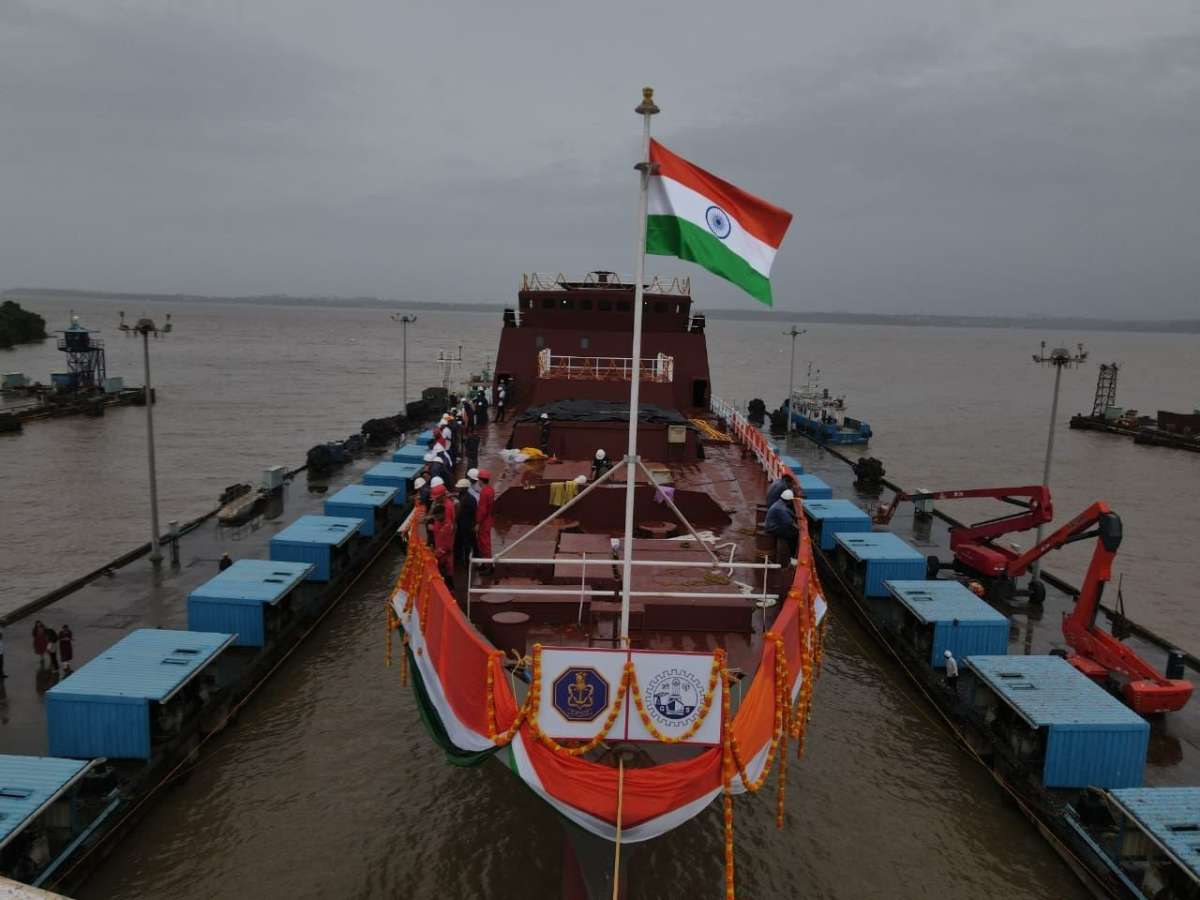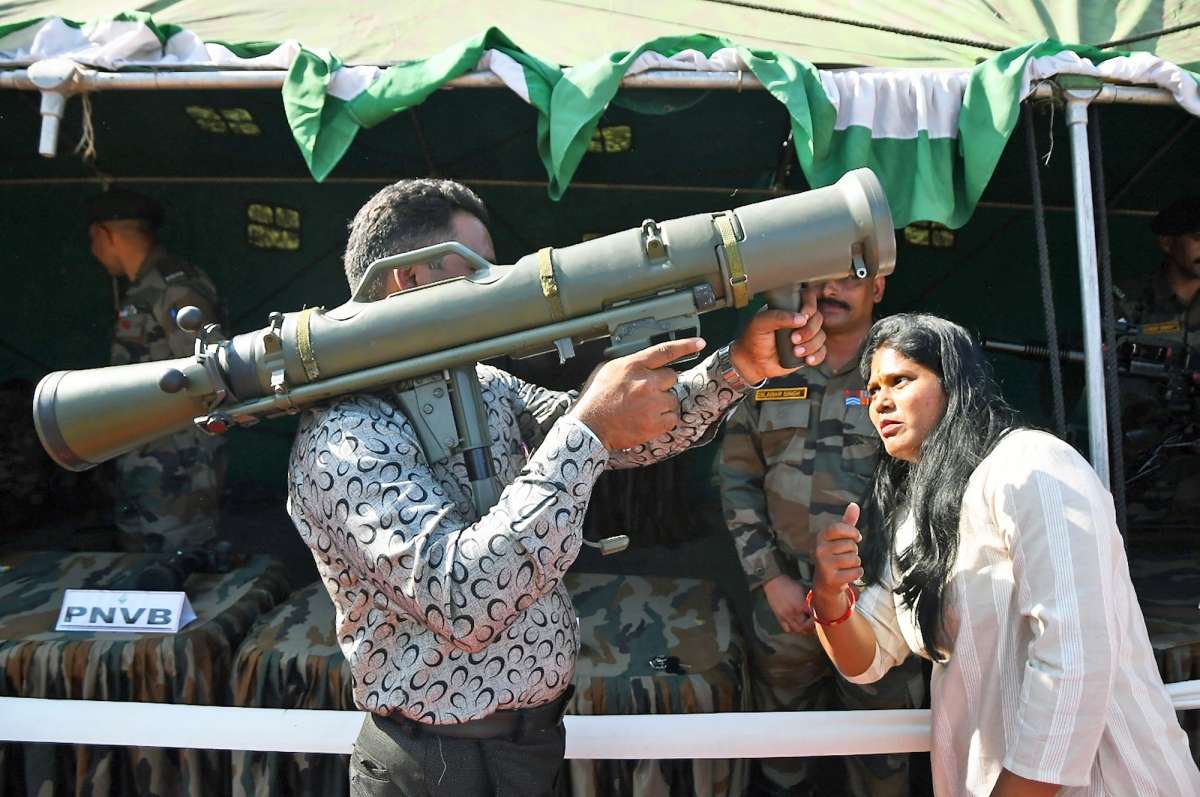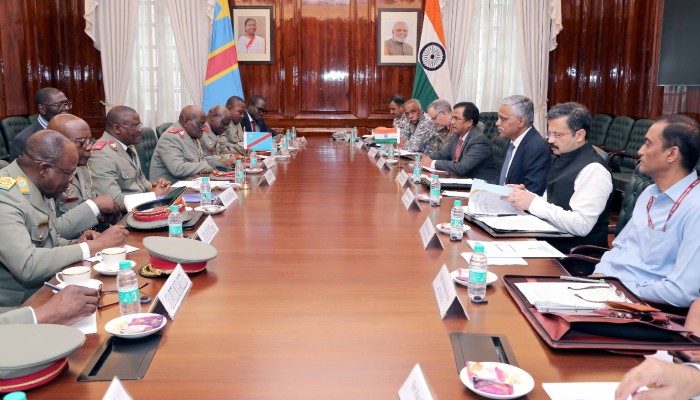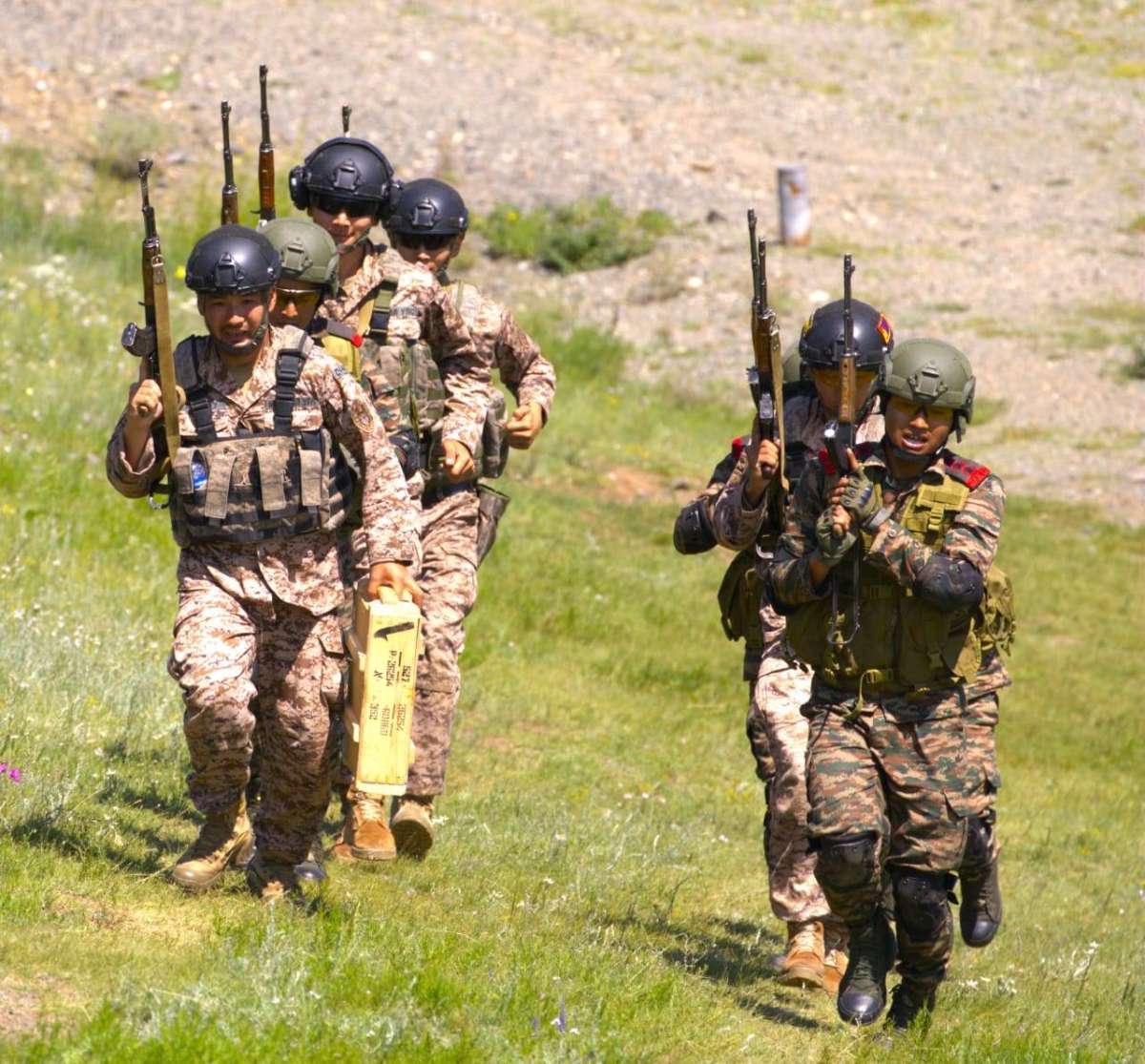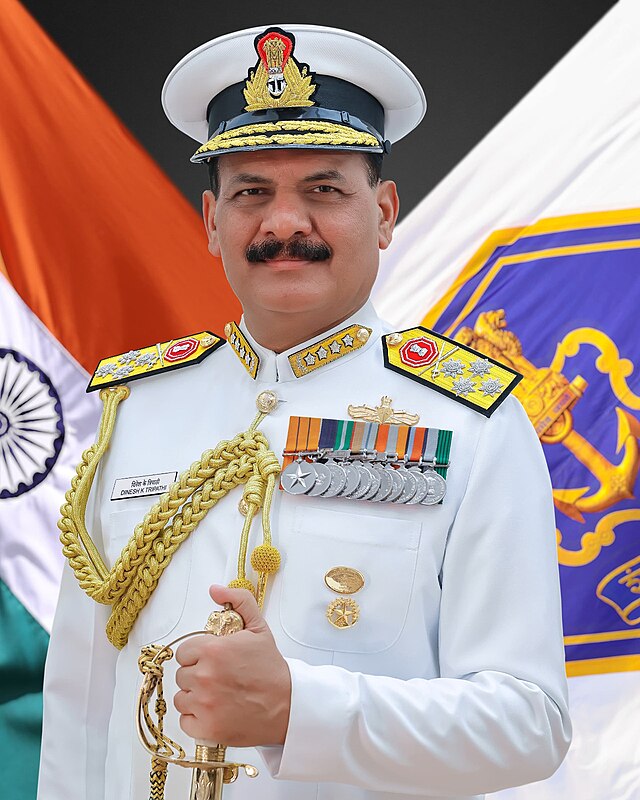The allocation is aimed to promote ‘Aatmanirbharta’ in defence technology and manufacturing and equipping the Armed Forces with modern weapons/platforms along with creation of job opportunities for the youth…reports Asian Lite News
The Ministry of Defence (MoD) has been allocated over Rs 6.21 lakh crore in the Regular Union Budget for the Financial Year (FY) 2024-25.
“In the Regular Union Budget of Financial Year (FY) 2024-25, Ministry of Defence (MoD) has been allocated Rs 6,21,940.85 crore (approx. US $75 Billion), the highest among the Ministries,”as per a Ministry of Defence press release.
“While maintaining the allocation made to MoD during interim budget, the Government has made an additional allocation to the tune of Rs 400 crore on innovation in defence through the Acing Development of Innovative Technologies with iDEX (ADITI) scheme,” as per a Ministry of Defence press release.
Through this scheme, MoD is engaging with start-ups/MSMEs and innovators to develop Def-Tech solutions and supply the Indian military with innovative and indigenous technological solutions. A grant of upto 50 per cent of Product Development Budget with enhanced limit (Max) of Rs 25 crore per applicant will be awarded as per extant iDEX guidelines.
“The allocation to MoD for FY 2024-25 is higher by approx. Rs one lakh crore (18.43 per cent) over the allocation for FY 2022-23 and 4.79 per cent more than allocation of FY 2023-24. Out of this, a share of 27.66 per cent goes to capital; 14.82 per cent for revenue expenditure on sustenance and operational preparedness; 30.66 per cent for Pay and Allowances; 22.70 per cent for Defence Pensions, and 4.17 per cent for civil organisations under MoD. The total allocation comes out as approx. 12.90 per cent of Budgetary Estimate of Union of India,” as per the release.
The allocation is aimed to promote ‘Aatmanirbharta’ in defence technology and manufacturing and equipping the Armed Forces with modern weapons/platforms along with creation of job opportunities for the youth.
“In absolute terms, budgetary allocation under capital head to the Defence Forces for FY 2024-25 is Rs 1.72 lakh crore, which is 20.33 per cent higher than the actual expenditure of FY 2022-23 and 9.40 per cent more than the Revised Allocation of FY 2023-24. The allocation is aimed to fill the critical capability gaps through big ticket acquisitions in current and subsequent FYs. The enhanced budgetary allocation will fulfill the requirement of annual cash outgo on planned Capital acquisitions aimed at equipping the Armed forces with state-of-the-art niche technology, lethal weapons, fighter aircraft, ships, submarines, platforms, unmanned aerial vehicles, drones, specialist vehicles etc.,” the Ministry said in the release.
MoD has earmarked 75 per cent of modernisation budget amounting to Rs 1,05,518.43 crore for procurement through domestic industries during this FY. This will have a multiplier effect on GDP, employment generation and capital formation, thus providing a stimulus to the economy.
“The continued higher allocation for operational readiness boosts the morale of the Armed Forces with the sole motive of keeping them battle ready at all times. The Government has allocated Rs 92,088 crore during the current Financial Year under this head, which is 48 per cent higher than the budgetary allocation of FY 2022-23.
This is aimed to provide best maintenance facilities and support system to all platforms including aircraft and ships. It will facilitate procurement of ammunition; mobility of resources & personnel as demanded by the security situation, and strengthen the deployment in forward areas for any unforeseen situation,” the Defence Ministry said in the release.
The Government is committed to provide best healthcare facilities to veterans and their dependents through enhanced allocation to Ex-Servicemen Contributory Health Scheme (ECHS). In the regular budget for FY 2024-25, Rs 6,968 crore has been allotted to ECHS which is 28 per cent higher than the previous year allocation. This follows the significantly higher allocation at revised estimate stage during the FY 2023-24 when the allocation to ECHS was enhanced by 70 per cent over BE, the Defence Ministry said.
The financial provision made during the budget this year will promote strategic infrastructure development in border areas, while boosting socio-economic development in that region. Projects such as development of Nyoma Airfield in Ladakh at an altitude of 13,700 feet, permanent bridge connectivity to southernmost Panchayat of India in Andaman and Nicobar Islands, 4.1 km strategically-important Shinku La tunnel in Himachal Pradesh, Nechiphu tunnel in Arunachal Pradesh and many other projects will be funded out of this allocation.
“The allocation to the Indian Coast Guard (ICG) for this FY 2024-25 is Rs 7,651.80 crore, which is 6.31 per cent higher over the allocation of FY 2023-24. Out of this, Rs 3,500 crore is to be incurred only on capital expenditure, adding teeth to the arsenal of ICG for addressing the emerging maritime challenges and providing humanitarian assistance to other nations. The allocation will facilitate the acquisition of fast-moving patrolling vehicles/interceptors, advance electronic surveillance system and weapons,” as per the Defence Ministry release.
The budgetary allocation to Defence Research and Development Organisation (DRDO) has been increased to Rs 23,855 crore in FY 2024-25 from Rs 23,263.89 crore in FY 2023-24. Out of this allocation, a major share of Rs 13,208 crore is allocated for capital expenditure. This will financially strengthen the DRDO in developing new technology with special focus on fundamental research and hand-holding of the private parties through Development-cum-production partner. The allocation to Technology Development Fund (TDF) scheme stands out to be Rs 60 crore which is specially designed for new start-ups, MSMEs and academia attracting the young bright minds interested in innovation and developing niche technology in collaboration with DRDO.
The Government has increased the allocation on innovation in defence through iDEX from Rs 115 crore during FY 2023-24 to Rs 518 crore in the current fiscal year, which will boost start-ups/MSMEs/innovators in developing Def-Tech solutions and invite young ignited minds, the Defence Ministry said in the release.
Total budgetary allocation on account of defence pensions is Rs 1,41,205 crore which is 2.17 per cent higher than the allocation made during 2023-24. It will be incurred on monthly pension to approx. 32 lakh pensioners through System for Pension Administration (Raksha) or SPARSH and through other pension disbursing authorities, the Defence Ministry said in the release. (ANI)
ALSO READ-Gulf NRIs hail jobs, skills boost in India’s budget


